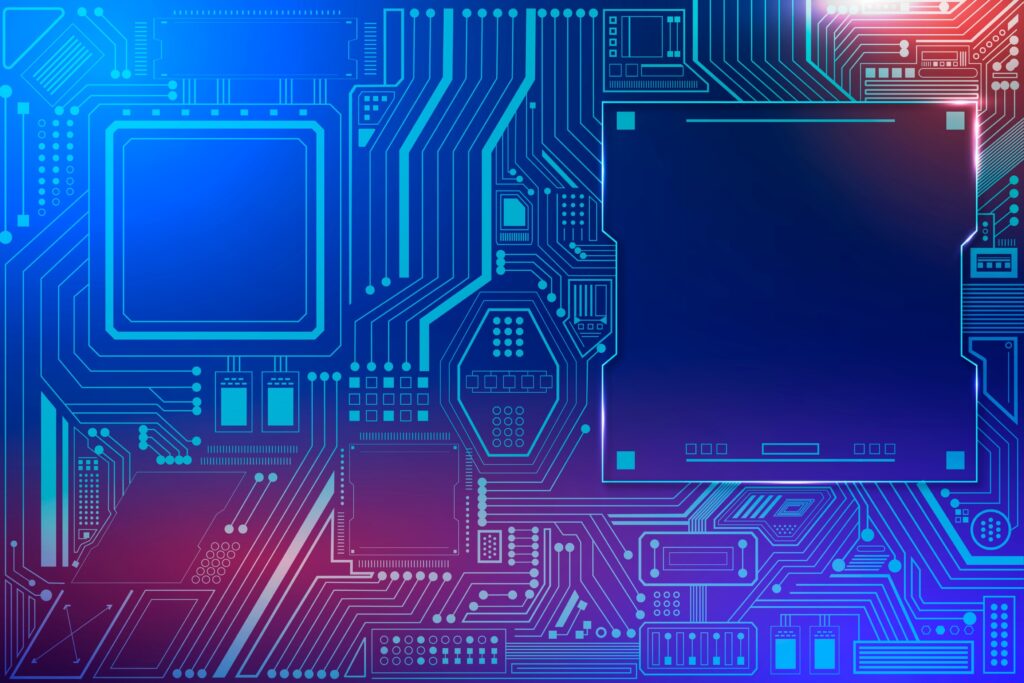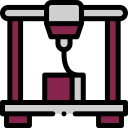Technology remains to be the biggest trend for driving business transformation. One such is cloud adaptation as seen over the past few years. Enterprises have made a remarkable shift in their computing resources by shifting from their data centers to centralized cloud systems. Now, with the growth of powerful devices and capable cellular networks, yet another transformation is underway.
Edge computing is a new paradigm being explored by businesses all over the world. Building upon the computing capabilities of the past, it is being viewed to bring about transformation in how data is processed. Edge computing pushes the boundary of an otherwise centralized repository of data closer to the systems where it actually will be utilized. This marginally slashes the time and cost involved in processing heaps of data in the cloud or other centralized location.
Companies tend to spend somewhere between $600k-$6 million on cloud management costs, of which a significant proportion, nearly 35% is wasted. Edge computing architecture offers a cost-effective alternative by ensuring optimal utilization of cloud space and reducing overall transmission costs.

As businesses become data-oriented, more than ever before, companies are concerned about data security. Cloud computing data centers are centralized and prone to cyber-attacks and phishing, hence creating a major impediment for businesses in case of any breach. Moving data to edge computing architecture provides it with an additional layer of security by distributing it over a wide range of devices. Bringing the data closer to devices also improves privacy and security by folds than protecting sensitive data moving to and fro from the centralized location.
Not only significantly reduced latency, but harnessing the new edge computing technology will also allow smooth operations amidst network disruptions that otherwise constrict the workflow. Highly accelerated by the pandemic, the remote working culture is a great use case for edge computing applications. It can support a distributed team by providing efficient computing density at much lower data redundancy rates.
Edge computing is garnering massive attention following the growth of IoT and edge devices. Accounting for a nearly $40 billion market in 2021, the edge computing market is expected to reach a valuation of more than $150 billion by 2030. The growing levels of cloud data traffic and the need for data security are further adding to the increasing interest.
To achieve superior results, organizations need to utilize the high processing speeds of the cloud with the performance of the latest edge computing. Furthermore, with projections of the IoT market reaching $1.3 trillion by 2026, IoT-driven edge computing innovation will help businesses gain significant operation return on investment(ROI). With advancements in technologies like 5G, AI, and VR and an overall transition to decentralized Web 3.0, the adoption of edge marketing will only accelerate in the coming years
Currently, just 10% of enterprise data is processed outside of centralized data centers or the cloud. But this figure is anticipated to shoot up to nearly 75% by the next 5 years. Embracing edge computing can prove to be a great value proposition by helping to create technological efficiency, cost, and security. Businesses that will spearhead large-scale adaptation of empowering real-time analysis in edge devices are sure to witness a competitive edge in the market.
In tandem with computing capacities, edge can analyze diverse data to identify trends in real-time and guide market entry strategies for companies. Interpreting high volumes of market intelligence data comprising customer preference data, opportunity forecasts in the market can be highly accelerated by enabling edge computing architecture. Complementing analytics algorithms and AI-ML learning models, edge computing enables quick data processing to provide actionable insights for decision-makers.





 Market Research
Market Research Consumer Research
Consumer Research Industry Research
Industry Research Market Entry Strategy
Market Entry Strategy Feasibility Studies
Feasibility Studies Product Research
Product Research Automobile & Mobility
Automobile & Mobility Banking and Finance
Banking and Finance Consumer Products & FMCG
Consumer Products & FMCG Ecommerce & Retail
Ecommerce & Retail Industry & Manufacturing
Industry & Manufacturing Government & Public Sector
Government & Public Sector Industry Associations
Industry Associations Technology & Software
Technology & Software Venture Capital & PE
Venture Capital & PE Consulting & Advisory
Consulting & Advisory India Entry Market Research
India Entry Market Research Innovation Consulting
Innovation Consulting KX Market Radar
KX Market Radar Business Model Development
Business Model Development Gen Z Navigator
Gen Z Navigator